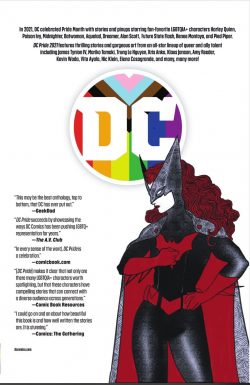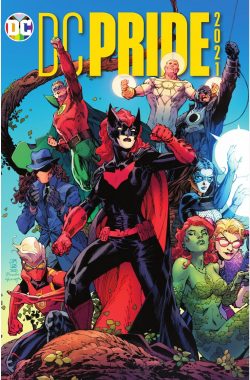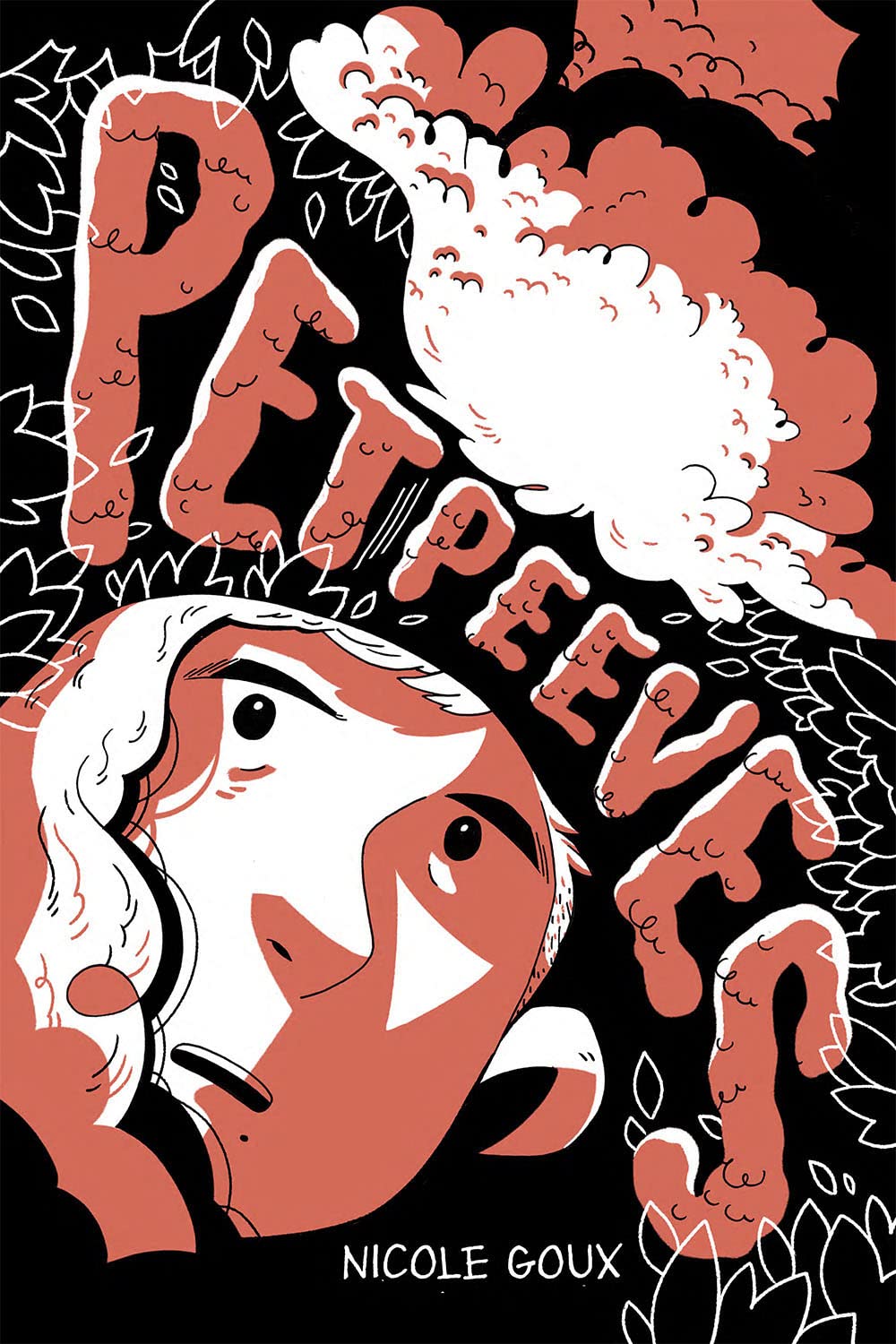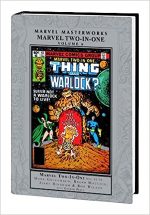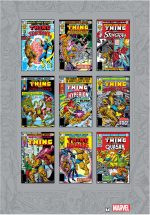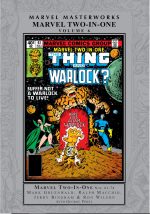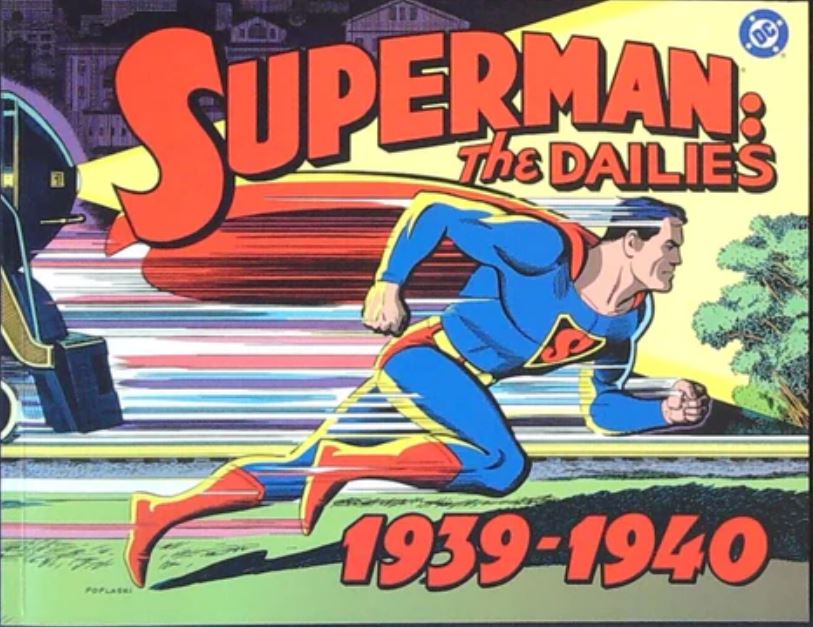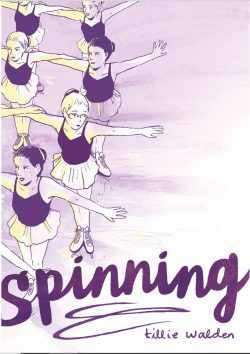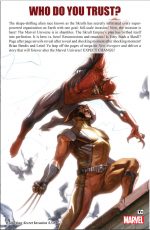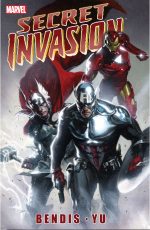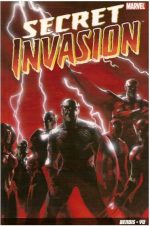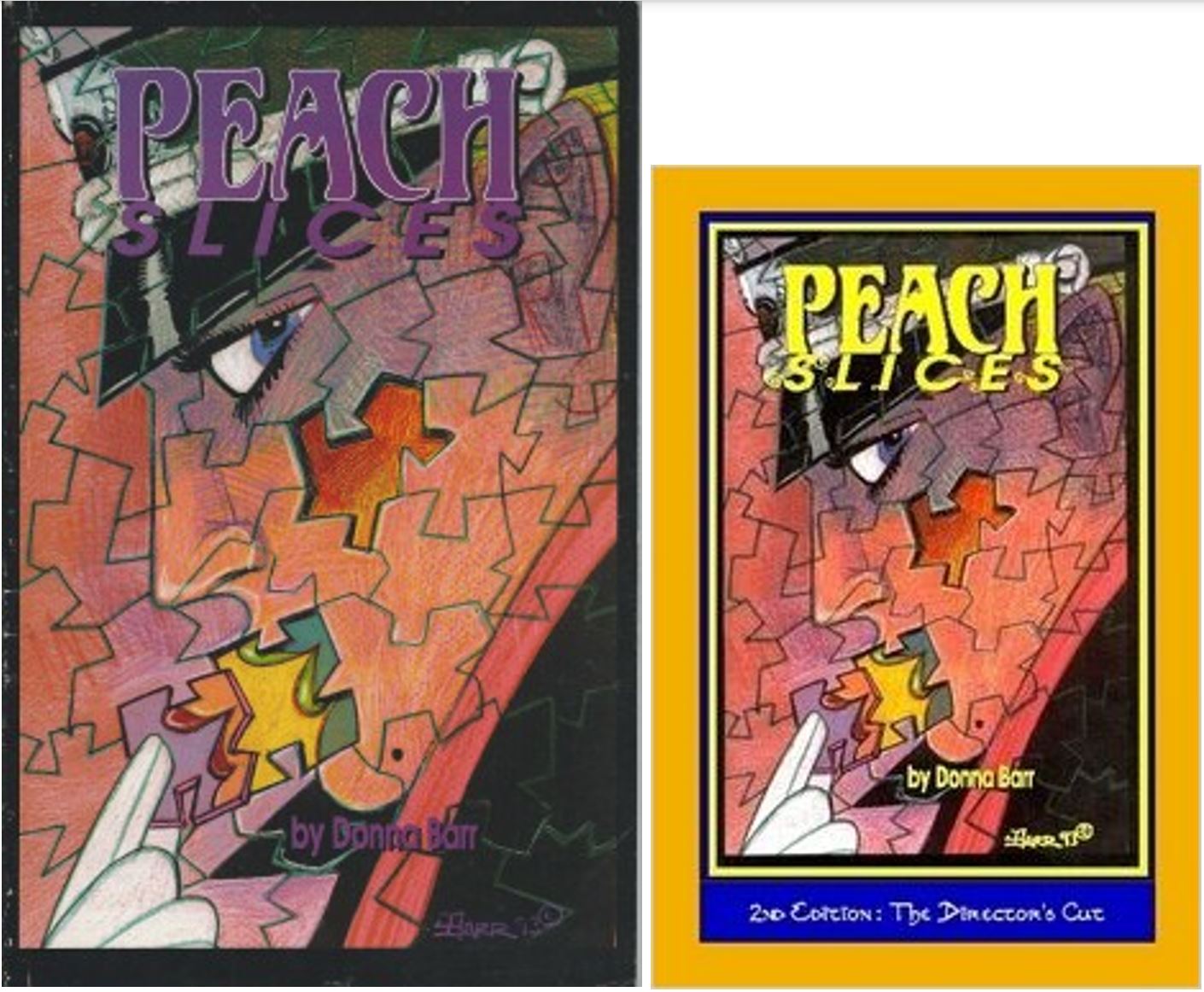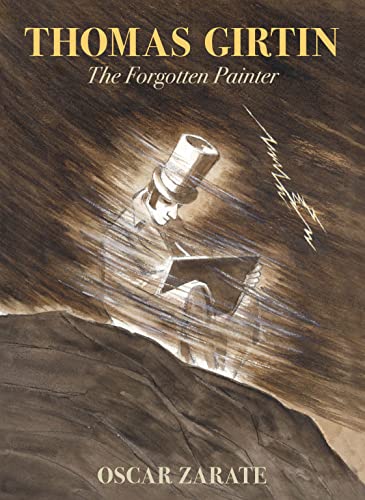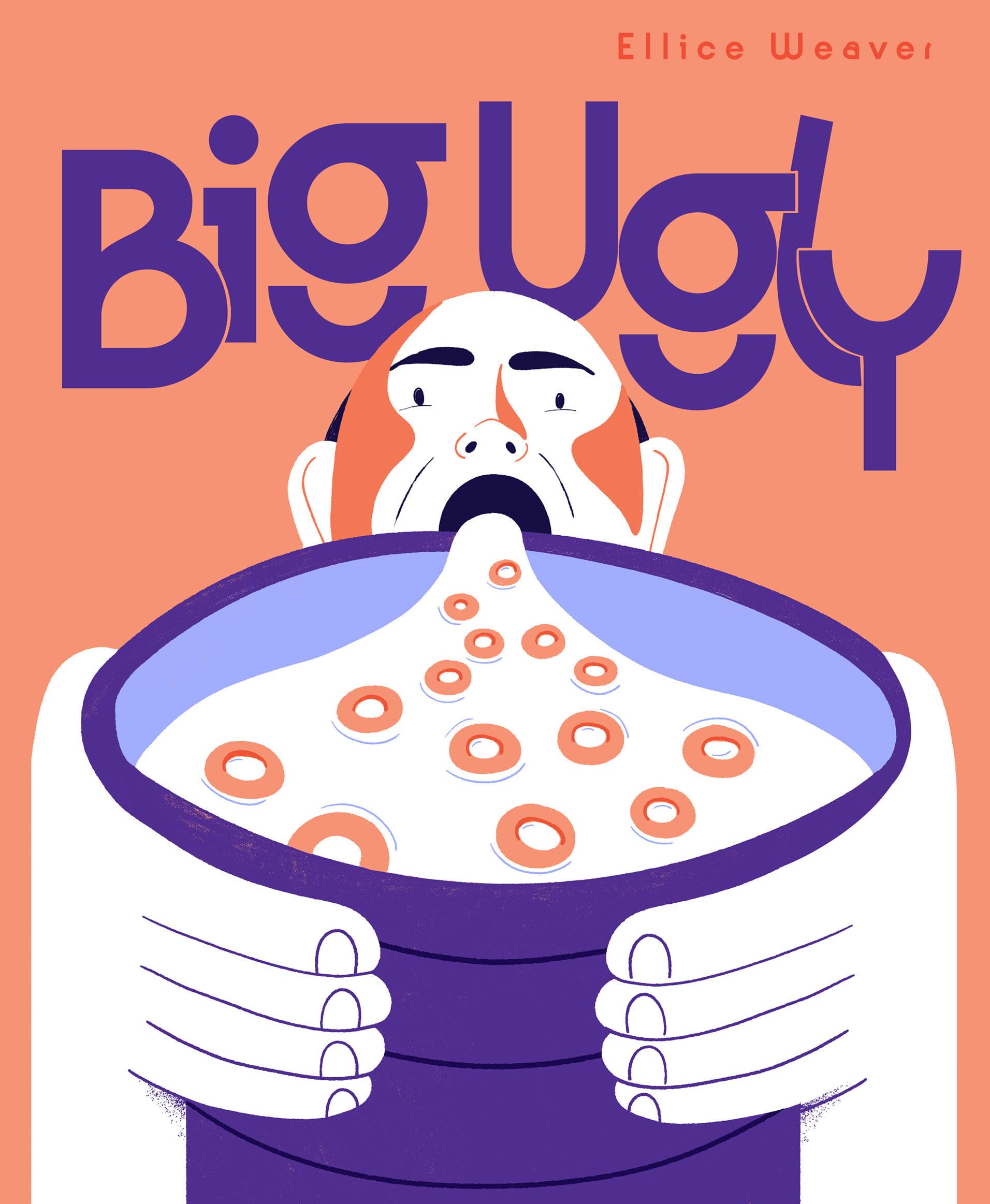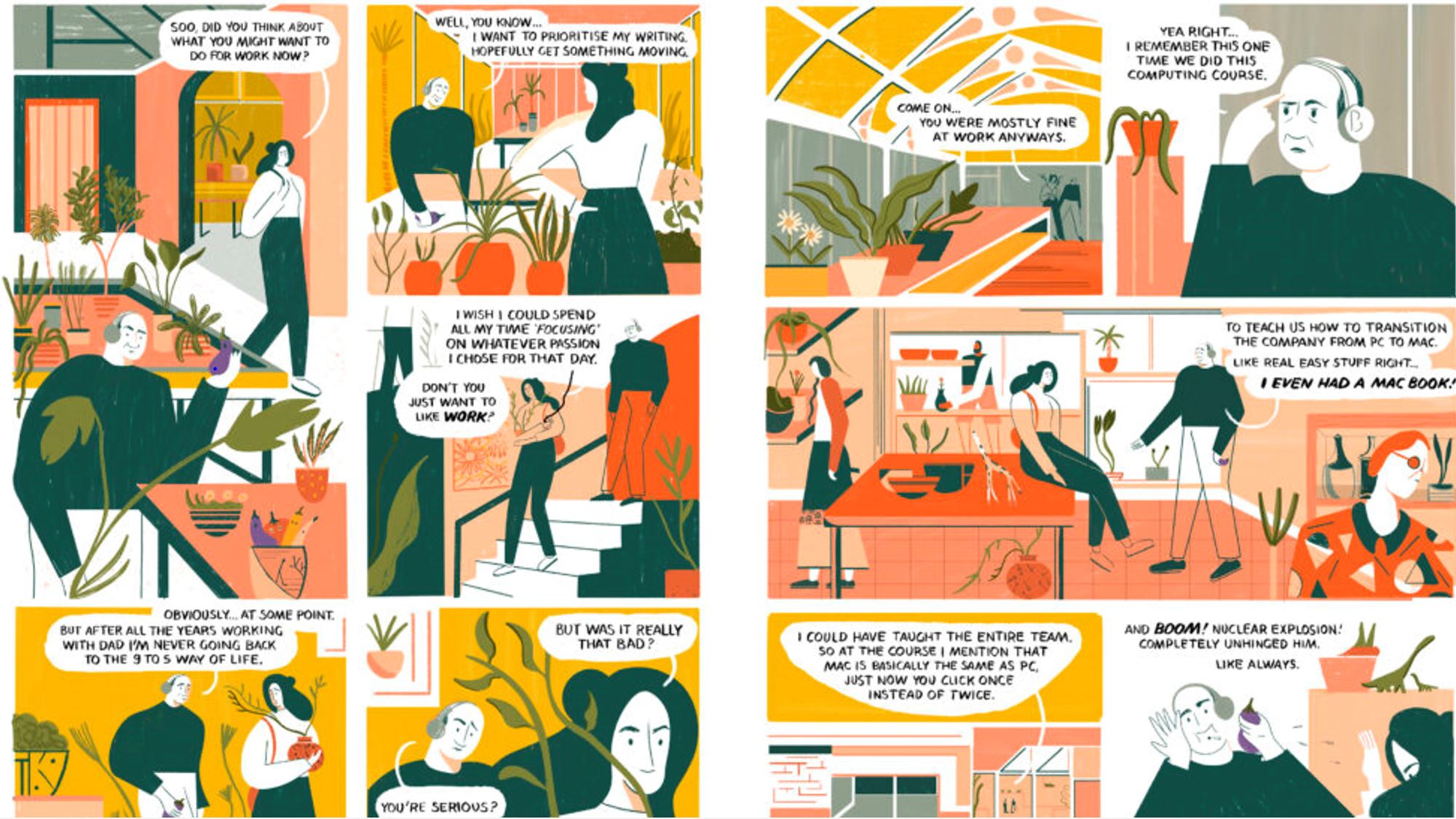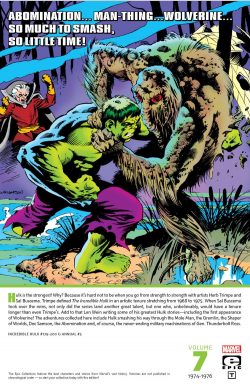
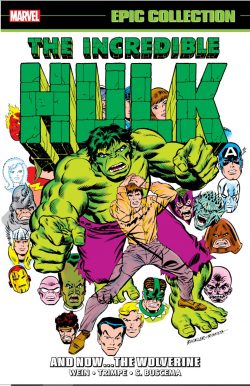
By Len Wein, Chris Claremont, Herb Trimpe, Sal Buscema & various (MARVEL)
ISBN: 978-1302933609 (TPB/Digital edition)
Bruce Banner was a military scientist caught in a gamma bomb detonation of his own devising. As a result of ongoing mutation, stress and other factors caused him to transform into a giant green monster of unstoppable strength and fury.
After an initially troubled few years, the irradiated idol finally found his size-700 feet and a format that worked, becoming one of young Marvel’s most popular features. After his first solo-title folded, Hulk shambled around the slowly-coalescing Marvel Universe as guest star and/or villain of the moment, until a new home was found for him in “split-book” Tales to Astonish: sharing space with fellow misunderstood misanthrope Namor the Sub-Mariner, who proved an ideal thematic companion from his induction in #70.
As the 1970s tumultuously unfolded, the Jade Juggernaut settled into a comfortable – if excessively, spectacularly destructive – niche. A globe-trotting, monster-mashing plot formula saw Banner hiding and seeking cures for his gamma-curse, alternately aided or hunted by prospective father-in-law US General Thaddeus “Thunderbolt” Ross and his daughter – the afflicted scientist’s unobtainable inamorata – Betty, with a non-stop procession of guest-star heroes and villains providing the battles du jour.
Herb Trimpe made the Hulk his own, displaying a gift for explosive action and unparalleled facility for drawing technology – especially honking great military ordnance and vehicles. Beginning with Roy Thomas, a string of skilful scripters effectively played the Jekyll & Hyde card for maximum angst – and ironic impact – as the monster became a ubiquitous foundational pillar of Marvel’s pantheon. You were nobody in the MU until you fought the Hulk…
This compulsive compendium revisits Incredible Hulk #179-200 and Annual #5 (cover-dates September 1974 to June 1976), heralding big changes. it opens without preamble as the Gamma Goliath returns to Earth after a cosmic collision with Adam Warlock on Counter Earth. Soon, the artistic reins would pass to another illustrator inextricably associated with the Jade Juggernaut, whilst writer Len Wein continued to insert fresh ideas and characters, redefining the man-monster for the modern age…
Incredible Hulk #179 signalled a long-overdue thematic reboot as Wein signed on as writer and editor with strong ideas on how to put some dramatic impact back into the feature. Illustrated by Trimpe & Jack Abel, ‘Re-enter: The Missing Link!’ sees the Hulk lose patience during his return rocket-ship trip: bursting out of his borrowed vessel just as America’s military defences start shooting at it.
Crashing to earth in the mining district of Appalachia, he reverts to befuddled Bruce Banner, and is kindly cared for by the dirt-poor Bradford family. They have a habit of taking in strays and have already welcomed a strange, huge yet gentle being they’ve christened Lincoln.
As time passes Banner recognises his fellow lodger as a former Hulk foe known as the Missing Link. The colossal brute is neither evil nor violent (unless provoked) but is lethally radioactive, and the fugitive physicist faces the dilemma of having to break up a perfect happy family before they all die slowly and horribly.
Link, of course, refuses to cooperate or go quietly…
Next comes the second most momentous story in Hulk history which starts with ‘And the Wind Howls… Wendigo!’ (#180, October 1974,). Here the Green Giant gallivants across the Canadian Border and encounters a witch attempting to cure her brother of a curse which has transformed him into a rampaging cannibalistic monster. Unfortunately, that cure means Hulk must become a Wendigo in his stead…
It is while the Great Green and Weird White monsters are tearing into each other that mutant megastar Wolverine first appears – in the very last panel – leading into the savage fist, fang and claw fest that follows.
‘And Now… The Wolverine!’ captivatingly concludes the saga as the Maple nation’s top-secret super-agent is unleashed upon both the Emerald Goliath and the mystical man-eating Wendigo in an action-stuffed romp teeming with triumph, tragedy and lots of slashing and hitting. The rest is history…
Back south of the border, Major Glenn Talbot – after being captured and tortured by (Soviet-era) Russians – has been reunited with his wife and family and is eagerly expecting a meeting with President Gerald Ford. With Trimpe taking sole charge of the art chores, ‘Between Hammer and Anvil!’ finds the ever-isolated Hulk meeting and forever losing a true friend in compassionate welcoming hobo Crackerjack Jackson.
The action portion of the tale centres on two escaped convicts who despise each other but are forced to endure togetherness because of an alien chain which shackles them together. Whilst it imparts overwhelming physical power and endurance it means they are tied together forever. It’s not nearly enough, however, to stop a fighting-mad, heartbroken Hulk…
Restlessly roaming, the broken behemoth stumbles into a return match with voltaic vampire and life-stealer ZZZAX in ‘Fury at 50,000 Volts!’, promptly wrecking a new life Banner surreptitiously starts carving out for himself in Chicago…
‘Shadow on the Land!’ finds the wandering man-mountain battling shadily insubstantial extraterrestrial invader Warlord Kaa – a revival from the company’s pre-superhero monsters & aliens anthology era – who foolishly takes possession of the Hulk’s shadow and thinks himself untouchable and indestructible…
Their close encounter leads to Banner’s capture by Hulkbuster Base commander Colonel Armbruster just in time for the US President’s visit and a shocking ‘Deathknell!’ as the truth about Banner’s romantic rival (and Betty’s new husband) Glenn Talbot is exposed when the so-trustworthy Major attempts to assassinate the Commander-in-Chief.
During the attendant death and chaos, Hulk busts out and General Ross regains his shattered credibility by recapturing the man-beast. Sadly, Soviet infiltration of the base is rife and a hidden traitor dons experimental super-armour to continue the deadly attacks in ‘The Day of the Devastator!’ This time, when the Jade Juggernaut smashes their common foe, the American army are suitably grateful…
Sometime later, S.H.I.E.L.D. intelligence gatherers discover the real Talbot is still a prisoner in Siberia and that Hulkbuster Base’s current problems have all been caused by a vindictive Soviet mutant genius they’ve all battled before…
With Joe Staton joining the team as inker, ‘There’s a Gremlin in the Works!’ (IH #187) sees the return of the sinister spawn of the man-monster’s very first foe The Gargoyle. The son is a vicious and ambitious juvenile mastermind with vast resources and secret plans far beyond merely serving the Soviet state, and is holding Talbot at his polar fortress Bitterfrost…
He is fully prepared and eagerly anticipating Ross and S.H.I.E.L.D. agent Clay Quartermain’s clandestine rescue bid, but all the cyborg super-soldiers and giant mutant monster dogs in the world are not enough when stowaway Banner joins the mission subsequently gets scared and goes full green…
The freakish fiend’s personality-altering technology is exposed in ‘Mind Over Mayhem!’, but as the stalwart heroes desperately flee the base with Talbot’s comatose body, Hulk seemingly dies in the citadel’s explosive death-throes. Nothing is further from the truth and #189 sees the monster battle The Mole Man to secure a miracle-remedy for a sightless little Russian girl in ‘None Are So Blind…!’
Veteran Hulk illustrator Marie Severin inks Trimpe on ‘The Man Who Came Down on a Rainbow!’ as alien philanthropist Glorian whisks the solitary colossus to a veritable promised land in the stars, only to have the idyll shattered by invading Toad Men hungry for the secret power fuelling the personalised paradise…
Despite murdering Glorian, ‘The Triumph of the Toad!’ (Trimpe & Staton) is short-lived and catastrophically self-destructive when the enraged Hulk and cosmically puissant Shaper of Worlds extract a measure of justice for their fallen friend…
Unwillingly banished back to Earth, the Green Giant lands in Scotland and gets between feuding hotheads with violently opposing attitudes to ‘The Lurker beneath Loch Fear!’, after which Banner makes his way home way to America where Ross and Quartermain have recruited a famous psychologist to fix the catatonic Talbot…
‘The Doctor’s Name is… Samson!’ finds formerly gamma-powered psychiatrist Leonard Samson falling victim to another scientific fustercluck. Accidentally resurrected as a lime-tressed superstrong superhero, he is still unable to cure his current patient. For that he needs Banner, but when the wish comes true, the savant just isn’t tough enough to hold onto him…
After almost a decade pencilling the strip, Trimpe moved on to other things and Incredible Hulk #194 saw Sal Buscema take over in ‘The Day of the Locust!’ (with Wein & Staton still doing what they did best).
Lost in the American heartland, the Hulk stumbles upon young lovers pursued by an overly possessive dad determined to end the affair. However, this angry, overreaching tiger-parent is a former X-Men adversary who can enlarge insects to immense size, so the kids are more than grateful for the assistance of a Jolly Green Cupid. With Samson and the US Army one step behind, the meandering man-monster then befriends a small boy running away from home in ‘Warfare in Wonderland!’
Eager for any advantage, Ross tricks gamma-powered maniac The Abomination into attacking the Hulk but is unprepared for the green gladiators teaming up rather than tussling again in #196’s ‘The Abomination Proclamation!’…
Typically, the villain’s innate viciousness soon alienates his temporary ally and, after triumphing in another spectacular battle, Hulk blasts off on a runaway rocket and is apparently atomised when it blows up…
To Be Continued?
You bet and right away as #197 (by Wein, Buscema & Joe Staton) reveals that the detonation merely left Hulk unconscious in the Florida Everglades, where the invidious Collector has made his latest lair and gleefully gathers up a trio of terrors. The phenomena fanatic is on a monster kick and – having scooped up Banner and a mute young man who is in actuality undead transmorph The Glob – feels he secured the perfect set as ‘…And Man-Thing Makes Three!’.
However, the immortal maniac has grossly underestimated the deeply-buried humanity of his living trinkets and inevitably faces a mass-escape and loss of all his living exhibits after sparking ‘The Shangri-La Syndrome!’
Behind a Jack Kirby cover, Hulk Annual #5 (November 1976) was the first all-new King-Size compendium since 1968 and featured a massive monster-mash, reviving a half dozen iconic threats and menaces from the company’s pre-superhero phase. Written by Chris Claremont, with art by Sal B & Jack Abel, ‘And Six Shall Crush the Hulk!’ offers little in the way of plot but mountains of monumental action as a procession of resurrected relics and reprobates attack one after another. It begins with ‘Where There’s Smoke, There’s Diablo!’, ‘And Taboo Shall Triumph!’ before ‘It Is Groot, the Monster from Planet X!!’ who weighs in. Outnumbered but undaunted, Hulk fights on in ‘For I am Goom!!’ whilst ‘Beware the Blip!’ piles on the pressure until an evil mastermind in the shadows is revealed as grudge-bearing Defenders foe Xemnu in ‘A Titan Shall Slay Him!’ Even exhausted, the Hulk is too much for the spiteful schemer, whom I’m sure you recall was called “The Living Hulk” on his 1960 debut in Journey Into Mystery #62…
Back in monthly mag and building up to a spectacular anniversary, Incredible Hulk #199 finds ambivalent frenemies Leonard “Doc” Samson and General Ross employing all of America’s most advanced assets in ‘…And SHIELD Shall Follow!’ (Wein, Sal B & Staton) to capture the critically necessary Green Gargantuan, but in the end it’s the headshrinker’s sheer guts and determination which win the day, allowing a big anniversary issue #200 resolution as Hulk is reduced to infinitesimal size and injected into amnesiac Glenn Talbot’s battered brain. There he battles materialised memories and a cruel sentient tumour as ‘An Intruder in the Mind!’
The struggle to restore the mind of Banner’s rival for Betty Ross-Talbot’s undying affections is not without complications, however, and at the moment of his greatest triumph and sacrifice, Hulk suffers a major setback and begins uncontrollably shrinking beyond the ability of Samson and his team to reach or rescue him…
Now it’s To Be Hulk-inued…
This catastrophically cathartic tome is rounded out with the cover to Giant-Size Hulk #1, the covers and some interior pages from Hulk-themed Marvel Treasury Edition #5, crafted by John Romita, Marie Severin and Trimpe, as well as the last’s double page pin-up of Hulk foes from that tabloid-sized graphic treat, as well as house ads, #1 and a gallery of original art pages by Trimpe and Buscema. Also included is Sal’s 1960s try-out art page, doubling as a FOOM caption competition, and the corresponding winning entry from Russ Nicholson. John Romita’s first design sketches for Wolverine precede more house ads as well as covers and frontispieces by John Byrne & Abel and Trimpe from later Hulk/Wolverine reprint collections and closes with unused covers by Ed Hannigan and Trimpe.
The Incredible Hulk is one of the most well-known comic characters on Earth, and these stories, as much as the movies, cartoons, TV shows, games, toys and action figures are the reason why. For an uncomplicated, earnestly vicarious experience of Might actually being Right, you can’t do better, so why not Go Green – even if it’s only in your own delirious head?
© 2022 MARVEL.
